Red vs. Blue, Forever
The internet is a great place if you hate nuance. It seems that no matter the topic, when we’re hiding behind our computer screen, all we want to do is join a team and tell anyone who might disagree with us that they’re wrong.
We see this in golf in dozens of different ways – from fanboys of different OEMs to LIV vs. the PGA Tour – but nowhere is it as infuriating as in the equipment vs. golf swing “debate.”
In this lesson, I hope to show you that there’s a middle ground, that two things can be true, that we don’t need to run to the comment section with quite so much anger.
This Article Is For You If:
You’re chasing improvement only through better equipment
You haven’t been fit because your swing “isn’t ready”
You’ve ever blamed your clubs for a bad shot or round
You’ve ever chided someone (yourself included) for wanting better gear
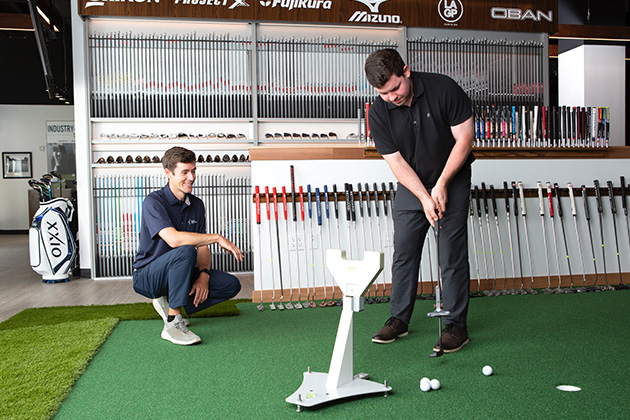
Truth #1 – Good Golf Equipment Helps
Club fitting can help you play better golf.
Every fitter has stories of helping a player gain 15 or more yards off the tee, dramatically shrinking their iron dispersion, or putting the feel back into someone’s putting. The same is true on the other side: I can easily put together a club that you’ll hit substantially worse than what you’re gaming now.
If these endless stories don’t move you, look to the professional ranks. Do any of the best players in the world play stock clubs? Absolutely not. They tailor every club to fit their body and their swing. And many of them are ceaselessly testing the latest gear in an effort to find even better performance.
There are almost limitless analogies that elucidate the importance of club fitting. I like comparing it to a tailored suit. No matter how good or bad you look, you’ll look better in perfectly fit clothes. Athletic shoes serve as an equally good comparison: Usain Bolt would run circles around me in penny loafers, but he’s faster in spikes.
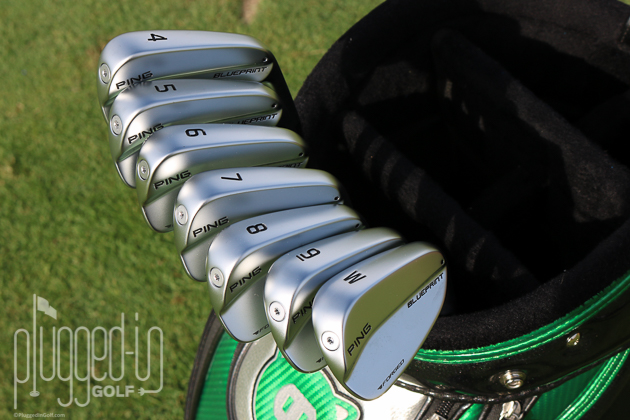
Truth #2 – You’re Responsible for Your Game
Regardless of your clubs, you are responsible for the shots that you hit.
The importance of accepting this was driven home to me recently by talking to Andy Hayes about his experience playing hickory clubs [read more about that HERE]. He told me that part of the appeal of hickories is feeling more responsible for each shot rather than trying to rely on the clubs. His best shots were of his own creation. The mishits were on him, too.
For all their virtues, modern clubs can separate us from the reality of our game. Forgiving clubs don’t sting your hands on a thin strike the way an old blade would. More importantly, they produce beautiful shots – long, high, and straight – on strikes that are less than excellent. We no longer receive the loud and clear signal that most of our swings are not A+.
I think that this lack of feedback, awareness, and responsibility strips away some of the beauty and enjoyment from golf. Do you enjoy a great result as much if you know it wasn’t of your own creation?
And on the other hand, a lack of accountability can leave us pointing the finger instead of the thumb when things go poorly. When our club forgives two misses but fails to compensate for the third, we slam it into the ground rather than recognizing that we haven’t practiced in a month.
The Takeaway
I did not write this to convince you to play blades or hickory clubs. I didn’t write this to convince you to get fit into the latest and greatest.
If there was a purpose in writing this, it would be to get you to slow down. Don’t be so fast to leave a negative comment.* Take a beat before criticizing someone for choosing a path that’s different from the one you’re on. In golf – and in most of life – two things can be true.
*You should still leave a comment, though. It helps the site.
He founded Plugged In Golf in 2013 with the goal of helping all golfers play better and enjoy the game more.
Matt lives in the northwest suburbs of Chicago with his wife and two daughters.
- Performance Golf Click Stick Training Aid Review - October 18, 2024
- Callaway Opus Platinum Wedge Review - October 17, 2024
- When to Take a Break from Golf - October 15, 2024


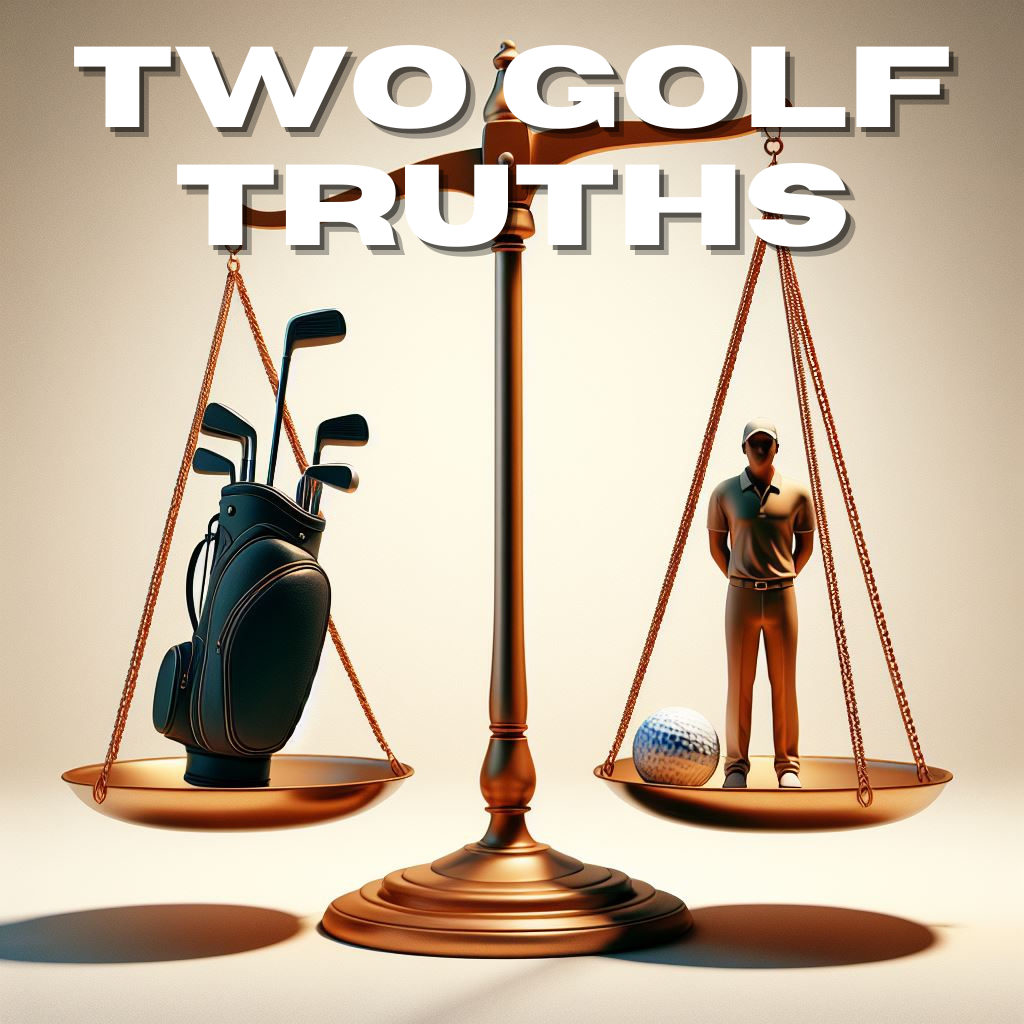
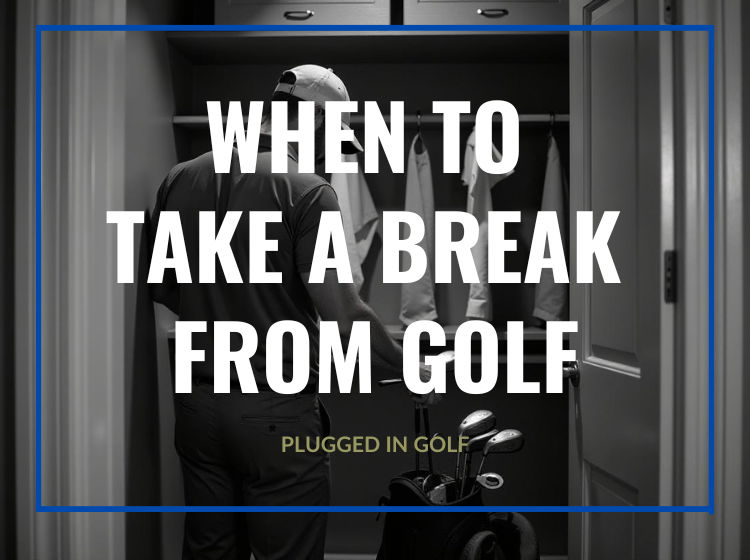
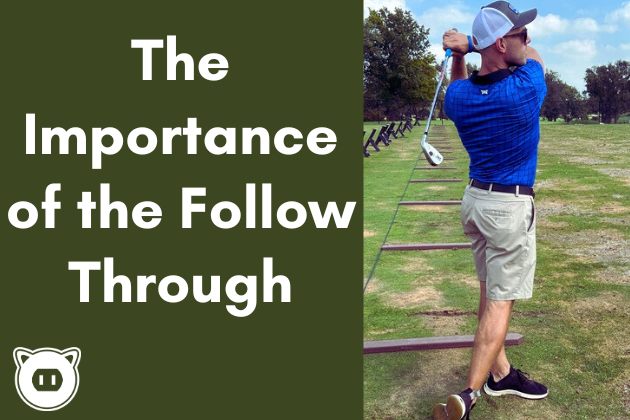
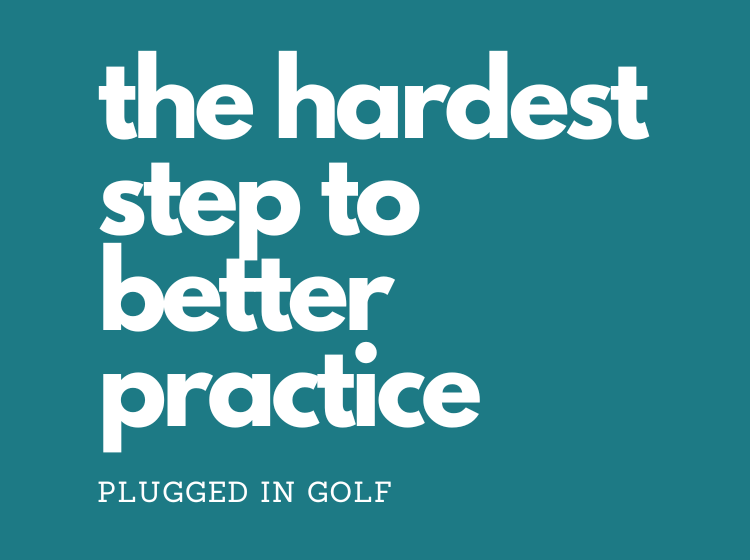









14 Comments
Well said… just a few observations to expand on your points.
1.) lots of different clubs could be called “game improvement”… Blades, because of their heightened feedback, show us how to improve in the future. More modern clubs, by smoothing over today’s swing flaws, can show results on Saturday. ;)
2.) some feel you shouldn’t try to fit your swing until you have found your swing. For many golfers, the game is a journey, with improvement as the ultimate goal. If you’re on that journey. there could be a minimum level of competence required before a fitting, (You probably wouldn’t get fitted for a tailored suit the day after you decide to go on a crash diet to lose 50 lbs.)
For many others, it’s just a way to pass the time (enjoyably). They will get fit whenever it suits them.
Regardless of which camp we’re in, we all enjoy following the evolution of the equipment side of the game, and your newsletter helps out a lot. Thanks, Matt!
Merry Christmas!
Excellent comment and insights Mark!!
Matt, I agree with this piece and it ties into your list of busted myths around game improvement clubs. I’m an aging hacker—approaching 72 with a 14 h.i. I still take lessons in the off-season and into the spring (living in the Boston area, where golf comes to a screeching halt). There’s no question that lessons have helped me improve, particularly, my weakest areas—iron play and chipping/pitching around the green. As well, I have adjusted equipment over the years as my swing has changed and/or as I have gone through a series of injuries. Most recently, I suffered a significant disc herniation three months ago. If I do what the manufacturers and golf commentary tells me, as a senior of modest ability, when healthy I should buy light-shafted clubs with lower lofts. In fact, working with different equipment and fitters, it’s clear that when I’m healthy, I need heavier shafts to stabilize my swing. And with a relatively low height, low spin shot characteristically, I do better by avoiding the lowest lofted lines of clubs—-no 27 degree 7 irons for me. But right now, working my back from injury, the clubs I used last summer are simply too heavy. So I will figure out what works this spring and see where I end up. At the end of the day, neither lessons nor equipment are panaceas. Golf is a hard game and no solutions will work all the time for anybody, let alone for everybody.
Very well said.
Insightful as always.
For me and where I’m at in my game currently, I prefer clubs that help me hit the ball better.
I get the appeal – for better players – of playing hickory or other vintage clubs. Maybe I’ll try that challenge in the future!
But for now I like my reasonably well fit to me GI clubs 👍
Hi Matt,
Great article! I got back in to the game a couple years ago after playing once a year for the previous 30 years. I bought a new set of clubs off the shelf to replace my 30 year old $100 box set so as not to have that excuse for my poor play. I’ve also had a few lessons to try and improve my consistency, but haven’t gotten any drills or specific things to work on. Anyway I’ve changed from a slicer to hooker since my reboot. And developed elbow pain immediately after getting my new irons 2 years ago. So I headed to a fitter a couple weeks ago with the idea of getting graphite shafted irons to hopefully reduce the elbow pain. Of course I secretly hoped there might be a magic bullet in the form of new clubs that would help me out. I found out I have a very in-out path, positive angle of attack, hit it way out on the toe, and deliver the club extremely toe-down (6 deg). Fitter said game-improvement club heads would probably further aggravate the hook (offset??). So he re-shafted and installed a slightly larger grip on my 7i so I could test that out for the elbow pain. But the numbers he gave me I think give me some concrete issues to work on with my next few lessons. Maybe if I can improve these fundamentals I can then reward myself with the shiny new things!
Thanks again for the great content you provide! Merry Christmas!
Good gear helps – but assuming responsibility for your game is paramount. I have decent clubs – some days they are like butter and then there are the days they act like they don’t know me and do their own thing….its never the club or the ball. Only when we (the golfers) commit to improving – taking lessons is the best jump start – by eating away at small changes that improve our rounds over time (not in 5 mins), do we begin to see why a pured iron, a smoothly rolled putt or a soaring drive keep us coming back.
Thanks for this on point article, Matt! Yes, the irons help, but you need to be properly fitted to maximizes your over all game improvement! Sadly, if you limit your fitting to only steel shafts or only graphite shafts, you’ll limit how much the club fitter can help you and you’ll also give your opponents, including yourself, the ultimate opponent you want to compete with and improve your game!
I think because graphite shafts have a proven history with me, so it’s now just a matter of determining which iron heads fit me best. Fortunately, we have GolfTec, so once I can get things in place, I will buy the package of lessons that will include a fitting session to set my game up for the best success! Thanks again, Matt, for a well -written and clearly organized article! We have so many opportunities to improve our game today! Why wouldn’t we want to maximize our results so that we can be the best player that we can be?
As I get older, I find myself trying to gain (or chase) distance. Sometimes through equipment (just bought a pair of Squairz shoes on open box returns, other times through the rabbit hole of YouTube swings. I haven’t done speed training yet, but that is likely the next step.
Thanks for keeping it real for all of us Matt !
As great as the articles and information usually is that you share with us, I nearly always enjoy the comments afterwards almost as much. So often there are some insightful, some absurd, and many just plain old entertaining. We all often could benefit from embracing that middle ground area throughout all of our lives, there’s so much more common ground there that we often forget.
Love all that you and your team do, keep up the great work !
PS
When are we going to hear about the double secret giveaway ?
I’m sure I’m not the only one dying to know.
David,
Thank you.
The contest winner has been contacted.
Best,
Matt
Matt,
I’m a senior having played for about 65 years. I’ve been fortunate to carry a handicap of under 3 for the past 50 years- although it’s now from the senior tees. Your article states 2 truths we probably all knew in our hearts but didn’t want to admit. As for the “hickories” , I don’t go back that far but several times each year I do play with my ‘64 Wilson Staff fluid feel or my mid-80s MacGregor Jack Nicklaus Muirfield irons. Put one of those behind a ball and one wonders whether the head is big enough to hit the ball. What a glorious feeling when I hit it well and what a sting I get when I don’t. Blades absolutely make you hit the ball better because if you don’t your score will suffer.
Keep up the good work.
The further away from blades and steel shafts I have gotten over the years the worse my ball striking. But then there’s also the lack of playing as often. And then there’s getting older. No doubt it’s all connected but the only thing that has ever looked good to me at address is a blade or something bladeish. Since I no longer play 7000 yard courses I do believe I am going to get fit into a bladeish iron with a more standard loft. Which should be plenty fine for an old fart playing a tee or two up. Moral of the story you’ve got to like your clubs.